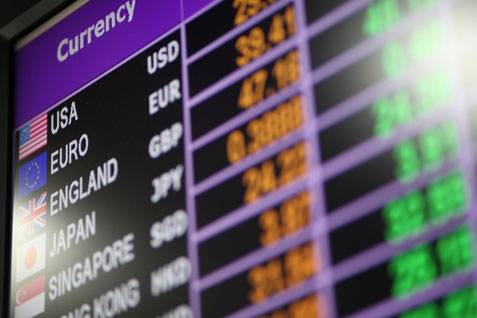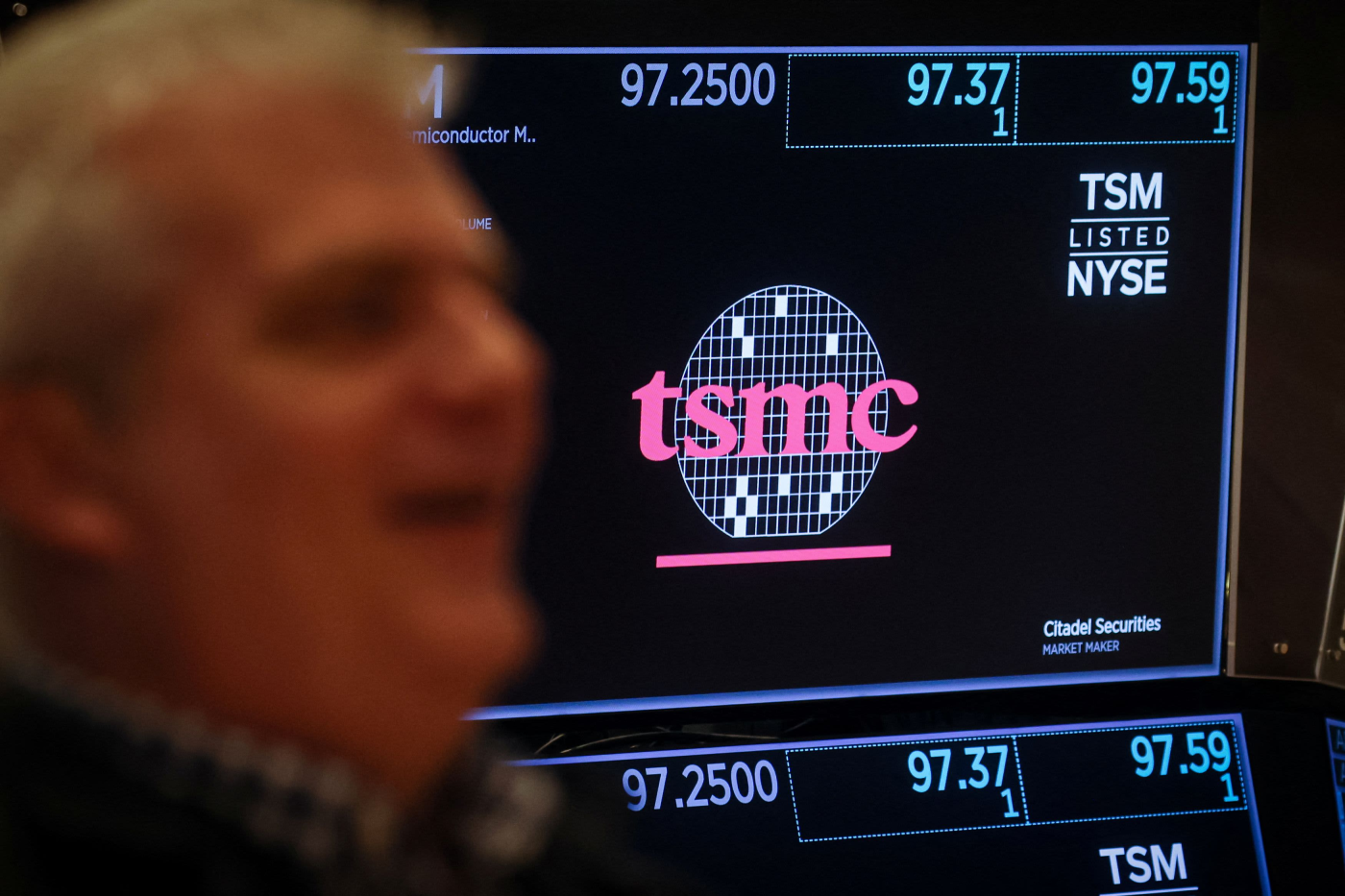The dollar fell in European trade against a basket of major rivals, extending losses for the second day following cautious remarks by Fed Chair Jerome Powell ahead of Congress.
The remarks did little to change the odds of rate cuts in September and November, with markets expecting two Fed rate cuts this year following recent weak services data.
The Index
The dollar index fell 0.15% today to 104.83, with a session-high at 104.99.
The index closed Wednesday down 0.15%, resuming losses and moving away from four-week lows at 104.80.
Powell
Fed Chair Jerome Powell said on Wednesday ahead of Congress the Fed will take interest rate decisions when the need arises.
It’s a more cautious remark compared to his previous remarks on Tuesday about recent “good inflation data” that paved the way for rate cuts.
US Rates
Following Powell’s remarks, the odds of a Fed rate cut in September slipped to 73%, and to 85% in November according to the Fedwatch tool.
US Inflation
Now investors await crucial inflation data later today for June, expected to influence the Fed’s policy path this summer.
US consumer prices are expected to show an increase of 0.1% m/m, and 3.1% y/y.
Core prices, excluding food and energy, are expected up 3.4% y/y.
Sterling rose in European trade on Thursday against a basket of major rivals, extending gains for the second session against the US dollar and hitting four-month highs following strong UK growth data.
UK GDP growth grew by a faster pace than expected in May, in turn heaping pressure on Bank of England’s policymakers, and hurting the odds of a rate cut in August.
The Price
The GBP/USD rose 0.2% to $1.2871, the highest since March 8, with a session-low at $1.2828.
The pound closed up 0.5% yesterday against the dollar, the first profit in three days, and the largest since June 3 following bullish remarks by BOE officials.
Several BOE officials cautioned that services inflation and wages growth remain too uncomfortably strong.
UK Growth Rate
The UK GDP growth rate clocked in at 0.4% m/m in May, beating estimates of 0.2%.
The growth was attributed to serves, which alone grew 0.3% in May 2024.
The data means that the UK GDP grew by 0.9% in three months until May 2024, compared to the previous three months.
The data showcases solid UK economic growth and little need for the BOE to intervene and cut rates.
Analysis
Several financial analysts have dismissed the possibility of an August interest rate cut by the Bank of England following the recent data.
The BOE is now more likely to wait until September before starting the next cycle of policy easing as the economy proves resilient.
Sterling rose in Asian trade on Thursday against a basket of major rivals, extending gains for the third day against yen and scaling fresh 16-year highs.
The UK-Japan interest rate gap remains massive and in favor of the UK, and it’ll likely remain so for some time, in turn boosting the pound against the yen.
On the other hand, the Bank of Japan continues to monitor the extreme weakness of the local currency without direct interventions, after recent weak Tokyo data showed the world’s third largest economy still needs further stimulus and lower interest rates for an extended duration.
The Price
The GBP/JPY pair rose 0.2% today to 207.95, the highest since 2008, with a session-low at 207.56.
The pair rose 0.7% yesterday, the second profit in a row following aggressive remarks by a BOE official.
Selling Pressures
The forex markets continue to sell off the yen against main rivals amid doubts the Japanese authorities will actually intervene to boost the currency.
Rate Gap
The interest rate gap between Britain and Japan currently holds at 515 basis points in favor of the UK, which is highly supportive of the pound, especially as the odds of UK interest rate cuts this year fizzle out.
On the other hand, the Bank of Japan is unlikely to raise interest rates any more this year.
The BOJ
At the June 14 meeting, the Bank of Japan maintained the current purchases program of government bonds, valued at 6 trillion yen ($38 billion) a month.
The bank did announce plans to reduce purchases in the next year or two, to be delineated at the July meeting.
It would’ve been such a crucial step towards normalizing policies in Japan, potentially leading to rate hikes.
However, as Japan sank deeper into recession, it’s now less likely the BOJ will carry through such aggressive plans.
When Reuters reported earlier this month that Asian oil imports fell moderately in the first half of the year, many traders focused immediately on China, the world’s largest crude importer.
During the first half of the year, China imported 11.8 million bpd, which is down from last year’s average of 11.28 million bpd.
China has also figured strongly in all forecasts about oil demand and prices, as daily Chinese imports alone outstrip the entirety of EU consumption.
Bloomberg reported this month that forecasts for oil prices in the second half of the year became uncertain, as demand growth in China missed estimates, while refinery output in the country was slower than expected as well.
Bloomberg’s analysts noted that higher oil prices in recent months could’ve stymied China’s appetite for the commodity, as they now expect China’s crude imports to move sideways around 11 million bpd in the third quarter, with a persistent downward risk.
Put simply, China is sensitive to prices, just as any other importer, and the higher the prices, the less interested the Chinese become in buying large amounts of oil.
A crucial part of the puzzle is China’s weakening growth rate and struggling real estate sector, and the burgeoning EV sector, which are all factors that might reduce long-term oil consumption.
There are now official Chinese estimates that oil demand will peak in three years, and will continue to taper off after that date.
However, the future might not be so bleak for oil, as EV adoption rates slow down sharply everywhere except China, and another important point is that 60% of demand on oil right now comes from petrochemical producers and not the automotive industry anyway.
As for China, it’s clear that it’ll remain a major player in the oil market for decades to come, however it’s important for oil traders and investors to restrain their Chinese growth forecasts to more realistic levels.
Disclaimer: The copyright of this article belongs to the original author. Reposting this article is solely for the purpose of information dissemination and does not constitute any investment advice. If there is any infringement, please contact us immediately. We will make corrections or deletions as necessary. Thank you.







